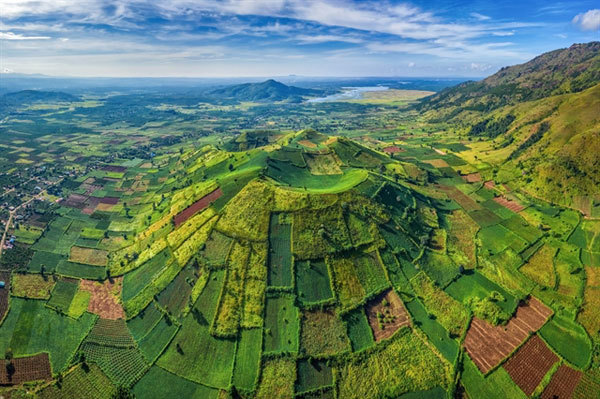 |
| The aerial view of the Central Highlands. Located at a strategic location, the region has witnessed many historical moments. Photo: VNN |
The land and its abundant natural resources were much economically exploited by colonists before the anti-French war over 70 years ago. It was also a place of exile for many Vietnamese patriots and revolutionaries, which partly explains the density of historical sites in the region.
Today, such history is not only part of the nation’s patriotic pride, but also a strong draw for tourists the world over.
However, the tourism potential of the Central Highlands, dubbed "Vietnam’s coffee capital”, has not been effectively exploited and the contribution to the regional economy is low compared to other regions.
Though most historical sites have been put under protection and are well-looked after, some face a less fortunate fate, suffering from severe degradation and damage due to improper attention and management from local authorities.
President Nguyen Xuan Phuc once said, “The Central Highlands is still like a sleeping beauty who has not been able to adapt herself to the changes of the nation and times.”
Abundant historical sites
Each locality in the Central Highlands is home to numerous renowned historical sites.
Dak Lak Province has 38 classified relics, including 19 historical ones, two of which have been granted special national status, seven with national status, and 10 with provincial status.
Among those, three are under direct management of the province: Buon Ma Thuot Exile House, Bao Dai Palace and Lac Giao Communal House, while the others are managed by their localities.
Meanwhile, Kon Tum Province has 26 ranked sites, including the historical site of the Dak To - Tan Canh Victory (1967), Kon Tum Prison and Dak Glei Prison. The national historic relic of Kon Tum Prison shows the brutality of the war and the patriotism of Vietnamese revolutionary soldiers in the fight for independence.
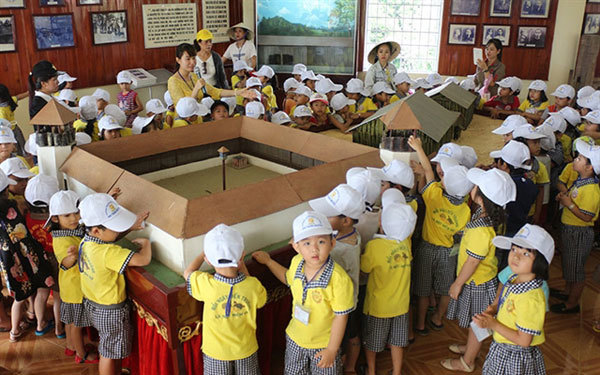 |
| Children visit the Kon Tum Prison Relic. Photo courtesy of the culture ministry |
In the south of the Central Highlands, Lam Dong Province has 37 classified relics, including three revolutionary historical sites – Da Lat Children's Prison, Zone VI Party Committee Base, and Nui Voi Resistance Base.
Set up in early 1971 by the Sai Gon regime, Da Lat Children's Prison was initially named Da Lat Children's Education Centre and used to secretly detain up to 600 young revolutionaries in the south. Many prisoners were jailed at the age of just 12.
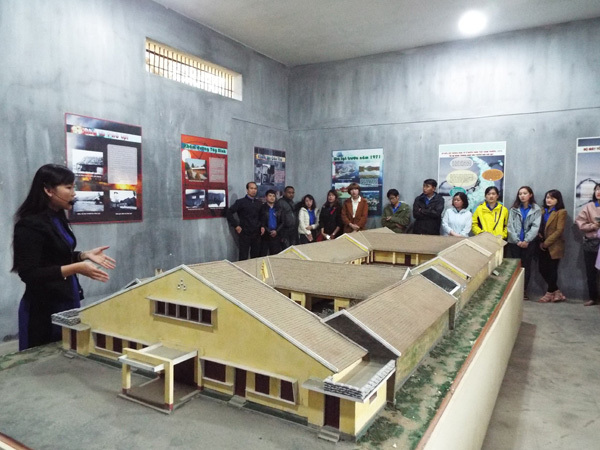 |
| Da Lat Children's Prison is an increasingly attractive tourist destination in Lam Dong. Photo baolamdong.vn |
Dak Nong Province has 12 historical relics and scenic spots at provincial and national level, the most famous of which are associated with the anti-French movement of the M’Nong ethnic community led by leader N'Trang Long (1870-1935).
Another historical highlight of the region is Kbang District in Gia Lai Province, which is home to the Vuon Mit (Jackfruit Garden) and Co Hau Field, which are associated with the Tay Son Peasant Uprising (1771-1789).
The Stor Resistance Village in Kbang District, hometown of national hero Dinh Nup (1914-1999), has become a symbol of the undefeatable Central Highlands during the anti-French movement. The village is also home to the first guerrilla team of the East Truong Son region, which gathered over 40 members led by Dinh Nup, and defeated numerous enemy raids.
In recent years, Stor Village has proved as a successful model of community-based tourism after being restored by Gia Lai provincial authorities. Visitors to the village can learn about local history, enjoy scenery, experience cultural activities and taste local cuisine. The village model is also being considered for other renowned historical sites in the region like Resistance Base Zone VI, Resistance Base B4 - Inter-provincial IV and the Dak To - Tan Canh Victory site.
Other features of historical sites in the Central Highlands are the relics of colonial prisons, such as Da Lat Children's Prison, Kon Tum Prison and Buon Ma Thuot Exile House (actually a concentration camp), which have increasingly attracted history enthusiasts. Kon Tum Prison alone is estimated to receive nearly 10,000 visitors every year.
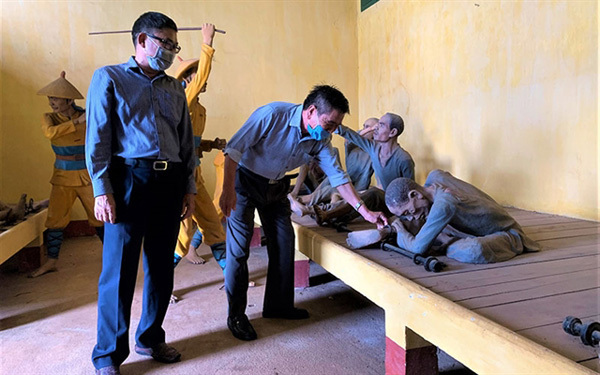 |
| A scene is set up inside Buon Ma Thuot Exile House. Photo courtesy of the culture ministry |
Over the years, the Lam Dong authorities have allocated over VND173 billion (US$7.6 million) in addition to the financial support of local businesses and organisations, to restore and upgrade national and special national historical sites in the region.
According to Deputy Director of Lam Dong Museum Doan Bich Ngo, the protection, improvements and use of each relic are diverse and therefore demanding of their own plans.
“To revolutionary historic sites, specifically, it is equally necessary to rebuild the scenes of the past, like the trenches, ramparts or the living space of soldiers in war zones to increase their attractiveness,” she said.
In Kon Tum, eight relics have been invested in restoration, among which Kon Tum Prison has received the total investment of VND120 billion (US$5.3 million) for restoration in 2021-2025, and Stor Resistance Village has received VND15 billion, nearly half of which will be spent on the construction of the memorial house of hero Dinh Nup.
As for Dak Lak, the Deputy Director of Dak Lak Department of Culture, Sports and Tourism, Nguyen Thuy Phuong Hieu, said that the locality would prioritise investment in six projects to preserve historical relics and landscapes in 2020-2025.
However, the total budget for the investment is expected to be nearly VND110 billion, while the financial resources of the province are currently limited, according to Hieu.
“In addition, many relics have not been granted land use right and some others have had their land encroached on, but the authorities and relevant agencies have not yet dealt with the problems thoroughly,” he said.
Another province that faces difficulties in restoring local historical heritage is Dak Nong. The Ho Chi Minh Trail, which was recognised as a special national historical relic in 2019 and runs through many districts of the province, has not received investment for upgrading.
Meanwhile, almost all other relics in the province have faced the same problem of degradation due to improper management. Some relics have even been abandoned by the local authorities due to incomplete restoration or lack of a final settlement.
According to former director of Dak Lak Provincial Museum Luong Thanh Son, it takes great effort and the responsibility of localities to effectively uphold the values of revolutionary heritage sites, making them specific for tourists while contributing to socio-economic development.
“Another measure to promote regional historical tourism, besides the issue of renovation and embellishment, is collecting artefacts, related historical stories and activities for display at the sites to enhance their attractiveness,” he said.
“Forming teams of professional and dedicated staff with the enthusiasm to preserve the relics and strengthening the introduction of the relics on various channels are also issues that need prioritizing.”
With the right investment, care and management, the historical heritage of the nation’s Central Highlands region will be restored to its former glory and remain a strong part of national pride and identity.
Source: Vietnam News
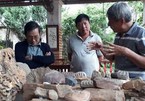
Palaeontology museum unearths Central Highlands history
Hoang Thanh in the Central Highlands province of Dak Lak's Buon Ma Thuot city cautiously cleans rocks while surrounded by thousands of fossilised snails, molluscs and wood. All of them date back hundreds of millions of years.

Awakening Central Highlands tourism industry
Despite possessing an abundance of fine and rare natural resources, the Central Highlands region is still considered a ‘sleeping giant’